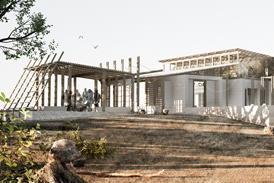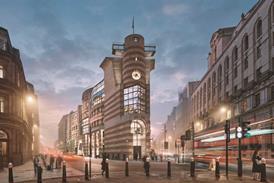- Home
- Intelligence for Architects
- Subscribe
- Jobs
- Events

2025 events calendar Explore now 
Keep up to date
Find out more
- Programmes
- CPD
- More from navigation items
We need to look beyond carbon and start seeing sustainability in a more holistic way

We can be the generation that changes our way of life and mitigates climate change. But for fundamental change to happen, we need to move away from the tunnel vision on carbon emissions, writes Michelle Sanchez
The Intergovernmental Panel on Climate Change (IPCC) released its sixth assessment report back in March of this year – the AR6 Synthesis Report: Climate Change 2023. The report is a very comprehensive analysis of the state of the climate emergency based on eight years of work undertaken by the world’s best scientific body on climate change.
…
This content is available to registered users | Already registered?Login here
You are not currently logged in.
To continue reading this story, sign up for free guest access
Existing Subscriber? LOGIN
REGISTER for free access on selected stories and sign up for email alerts. You get:
- Up to the minute architecture news from around the UK
- Breaking, daily and weekly e-newsletters
Subscribe to Building Design and you will benefit from:

- Unlimited news
- Reviews of the latest buildings from all corners of the world
- Technical studies
- Full access to all our online archives
- PLUS you will receive a digital copy of WA100 worth over £45
Subscribe now for unlimited access.






